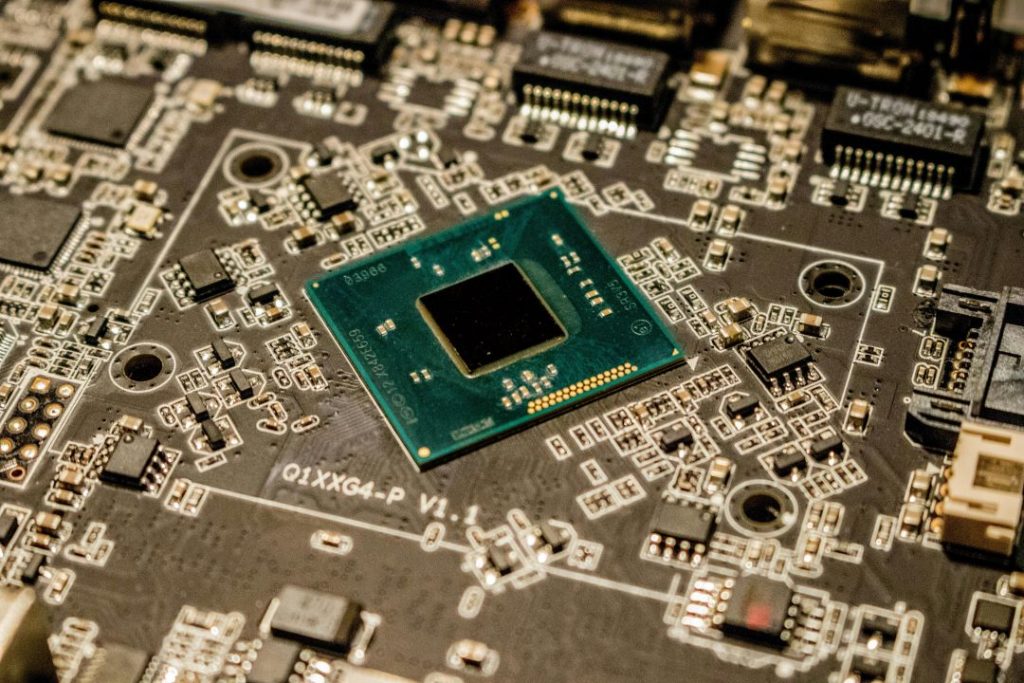
To drive engagement and productivity through talent management practices, organizations need to understand the impact, then respond and adjust those practices as the external and internal environment changes. There are a lot of reasons to pause, reflect and audit the current state of our talent management practices.
Beginning in 2003, I advocated for the re-evaluation of practices because the younger generations had different expectations of the employment contract, leadership practices and career development. Today, hybrid workplaces demand an evaluation of leadership and performance management practices, as leaders are physically not working alongside their team members five days/week. Artificial intelligence (AI) that is integrated into all aspects of talent management, from recruitment, to learning to performance management and career advancement is compounding the complexity of today’s working environment. These factors necessitate thinking on how the integration of these tools can retain a human-centric approach. And given the turmoil of the current global socio-economic climate, organizations also need to evaluate how their talent management practices will continue to hold up principles of fairness. Particularly true as organizations are asking employees to do more, when those employees are also stressed inside and outside of work.
We must take a holistic look at our talent management systems by auditing and updating them to respond to evolving employee expectations, business realities brought by AI, and societal norms. The challenge is that many organizations make discrete or singular changes within a talent management practice, but don’t situate that change within the entire system to understand the interdependencies and interrelationships between the various components.
For example, an organization may introduce AI into a talent management practice to make that practice more efficient and/or with the assumption that it will also eliminate subjectivity, thereby making it ‘more fair’. However, that assumption is likely flawed. The performance management technology captures data on a person’s output/work product, but it cannot account for learning preferences, neurodiversity or other strengths that the individual brings to the team. If this tool is being used during the probation period, then the potential of the new employees may not be fully captured.
Tech cannot replace the work a leader needs to do to engage and create high-performing teams. The risk is that leaders may spend less ‘hands-on’ time with new hires, which will have the knock-on effect of employees feeling less valued so early in their employment. Leaders may be in favour of this “getting more work done approach”, since the tech is doing the observation, monitoring and check-in. However, the introduction of the tech may have the opposite effect to the intended goal of increasing team performance. Its introduction must be combined with thoughtful exploration of the changing accountabilities and behaviours that need to be demonstrated by the leader, work assignments and performance assessment process.
If organizations do not take a holistic, systems-thinking view to talent management practices, unintended outputs could include:
- Recruitment: Failure to tap into great potential talent pools or missing talent that would spark innovation because organizations are just recycling the same individuals
- Recruitment/Onboarding: Planting seeds of disengagement in the recruitment and on-boarding phase, leading to higher turnover in the first year and shorter tenures in general
- Leadership: Leaders overly reliant on technology, whereby they do not analyze the output or do not embrace their accountability in creating and maintaining engaged teams
- Performance management: Practices that do not recognize ‘hidden’ leaders,
- Succession planning: Practices that produce predictable, but unimaginative results
The cost of not practicing better talent management is:
- Increased doubt and skepticism as employees believe that the technology is not able to quantify the full value they bring to the organization
- Disengagement – employees who are less willing to expend their discretionary effort in their current role (could include quiet quitting)
- Increased side-hustles
- Increased inattentiveness and decreased loyalty – further exacerbating the perspective that employment relationship is transactional
- Growing innovation gap because of homogeneous thinking and skills
- Decreased team performance because of weak situational leadership skills
The efficiency of tech causes increased speed and greater output, but does not necessarily generate better quality, unless we have looked at the interrelationship between other components that feed into the tech or work alongside the tech. How do talent management practices remain human-centric? By acknowledging that humans are not widgets. We need to ensure that today’s talent management practices integrate and balance technology and those qualities which distinguish employees from widgets – namely, being analytic thinkers, and emotive, creative humans.
